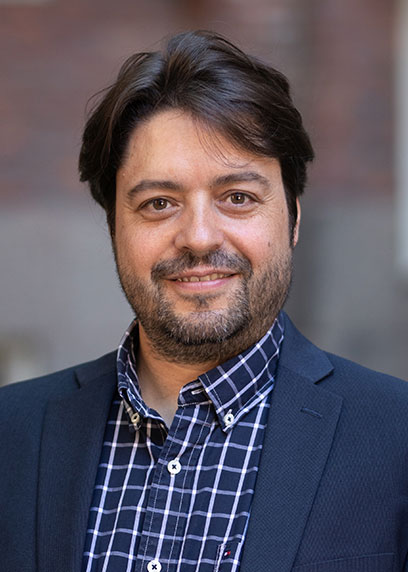

Philipp Schlatter
KTH Mechanics, Stockholm, Sweden
“Pressure gradient turbulent boundary layers: Simulations and Experiments”
The flow around streamlined bodies leads to the development of thin boundary layers, which are however crucial for determining key aspects of the global flow behaviour, including the prediction of drag and separation. Whereas there has been a clear focus on zero-pressure gradient (ZPG) turbulent boundary layers in the past, this shifted now towards boundary layers under the influence of pressure gradients, as e.g. imposed by surface curvature (for instance on wings) or by adequately adjusting the free-stream velocity (as done e.g. in wind-tunnel experiments). The main challenges are to find similarly canonical conditions as could be established for the ZPG cases, which is complicated by the need to include history effects of the pressure gradient. In this talk, we will review some of the previous works on pressure-gradient boundary layers, and discuss some of our attempts to address key questions, both from simulations and experiments. In particular we will look at boundary layers developing on flat plates, and discuss the various energy-transfer mechanisms, and also on different wing profiles. In both cases, simulations are complemented with new experimental data obtained at the KTH wind tunnel. The work is done in collaboration with a number colleagues, but I would like to acknowledge Ricardo Vinuesa and Ramis Örlü from KTH already now.
Short CV
Philipp Schlatter is Professor of Fluid Mechanics at KTH Mechanics, Stockholm, Sweden, and focuses on large-scale simulations of (more or less) complex turbulent wall-bounded flows. He received a Master’s (2001) and PhD (2005) from ETH in Zurich (Switzerland), and moved then to KTH. His main current interests are in the simulation and fundamental physical aspects of the turbulent flow with pressure gradients, and the internal flow in bent pipes. He is mainly using high-order (spectral) methods, for which adaptive meshing is another research interest.